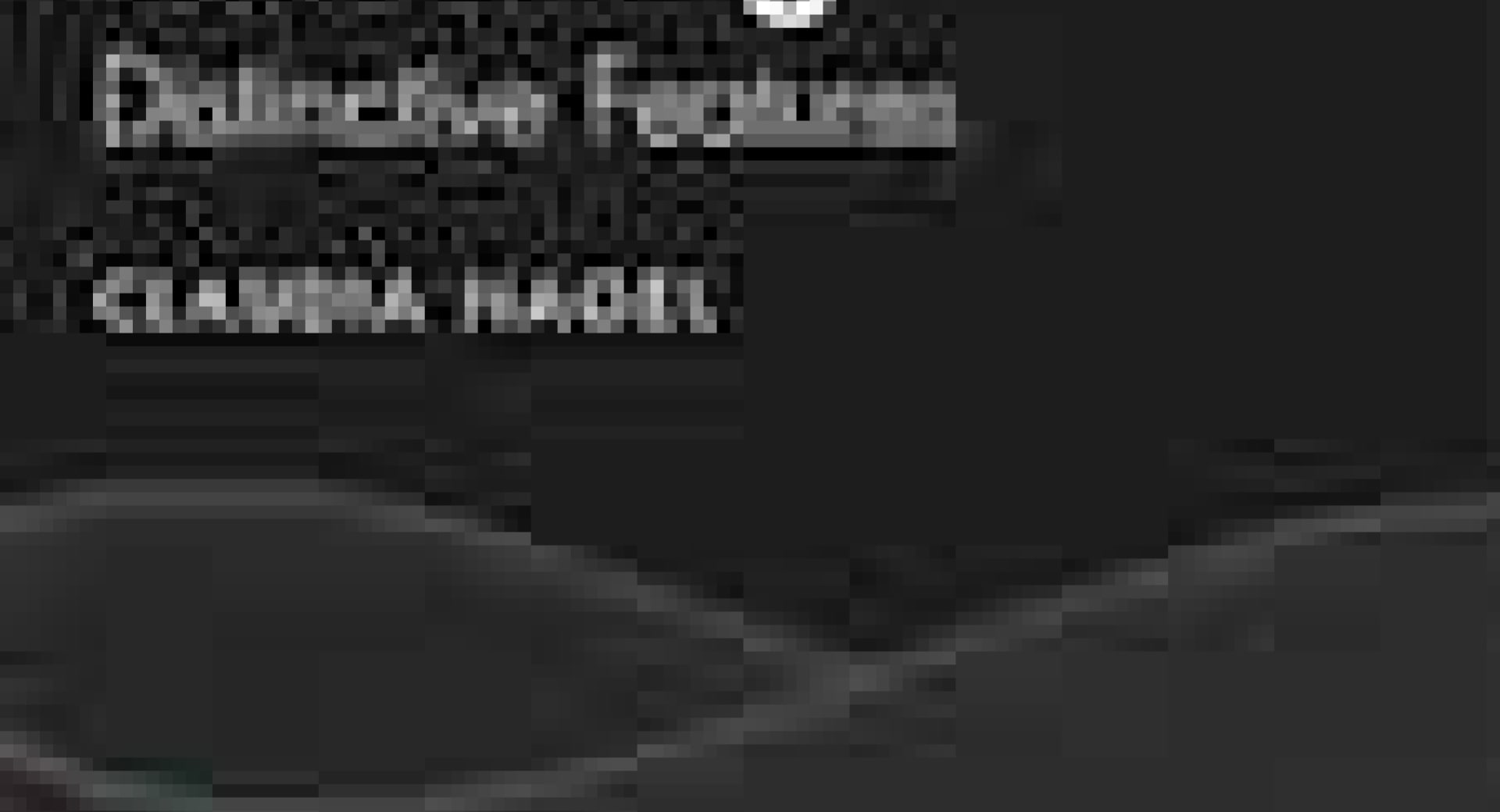The Psychodynamics of Coaching. Distinctive Features.

Description:
In Psychodynamic Coaching: Distinctive Features, Claudia Nagel presents a comprehensive overview of the unique features of psychodynamic coaching. As leaders and managers acknowledge the need to understand themselves and their context by looking underneath the surface to improve their decision-making, psychodynamic approaches offer unique insight.
Psychodynamic Coaching: Distinctive Features covers not only the major theory but also the practice of coaching, giving guidance from beginning to end of the client relationship. Constructive, holistic and accessible, it demonstrates the impact and dynamics of the unconscious whilst illustrating the power of understanding human behaviour in the complexity of the modern world.
With a focus on emotions and relationships in supporting modern leaders adapting to organsational challenges, this book will be an invaluable tool for coaches of all backgrounds, academics and students of coaching and organisational behaviour, and also clinicians. It will also be a key resource for senior leaders for their own personal growth.
From the Introduction
Psychodynamic coaching uses a very specific lense, it focuses on relationships and emotions in the work and organisational context of executives from “underneath the carpet”. The aim of psychodynamic coaching is to help executives make sense of their inner-world, also called “the unconscious” to better deal with their individual and organisational context, since the unconscious influences the way we perceive the world we inhabit, how we experience ourselves and others in this world, and how we act, behave, feel and make decisions.
The contemporary approach to understanding the unconscious was initiated by Freud, Jung and other psychoanalysts at the beginning of the 20th century, but interpretation of the unconscious has a long tradition in poetry, literature, art, religion and traditional healing methods. Today’s neuroscientific research underpins the former, seemingly intuitive and observational findings with studies on how different brain areas act, interact and react.


 Translate
Translate